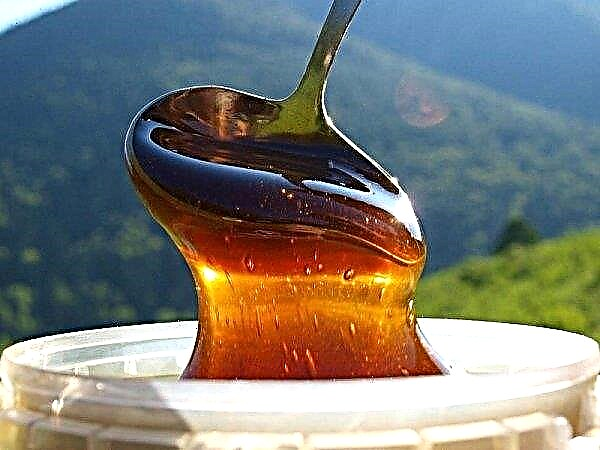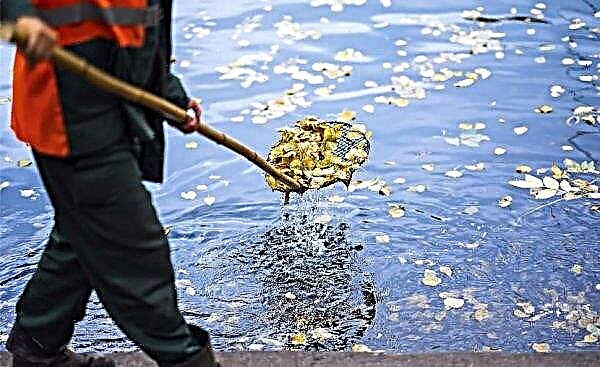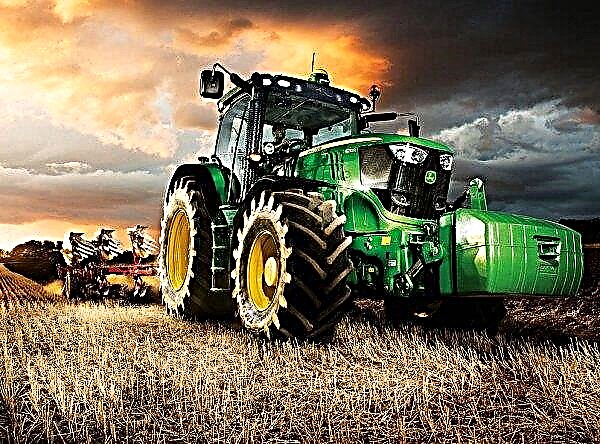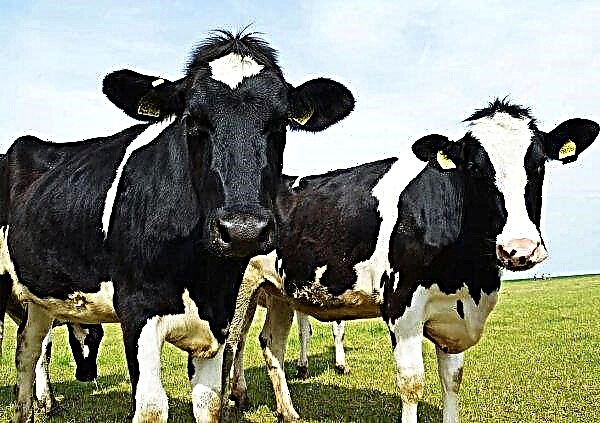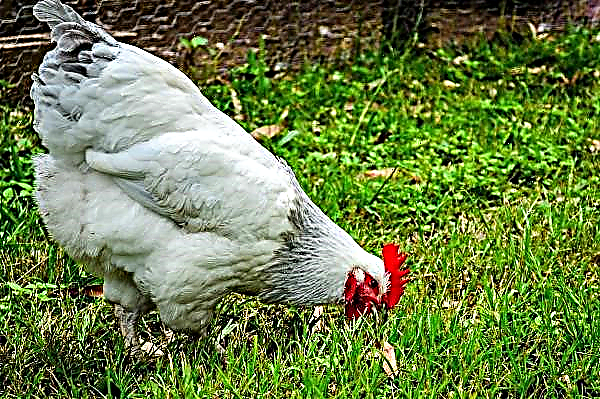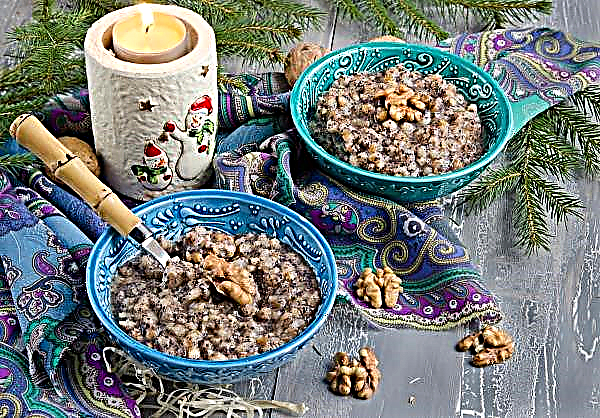Belarus is the main recognized producer of potatoes. Natural conditions in this country are perfect for high-quality cultivation of the specified root crop. Over many decades, a wide variety of varieties have been developed that have different characteristics and excellent nutritional characteristics: for this they are valued everywhere. Consider in the article such types of popular vegetable.
Benefits of Belarusian varieties
The country's climate contributes to the cultivation of large potato crops, and painstaking breeding work reinforces the efforts of nature.
- The following advantages of Belarusian potatoes can be distinguished:
- soil and climatic characteristics are most favorable for the cultivation of these tubers;
- developed quick sales schemes with a minimum delay time of goods in warehouses or in trailers of trucks;
- The country's scientific agronomic base is developed specifically for this plant;
- national traditions of vegetable cultivation.
The best Belarusian varieties of potatoes and their description
Employees of the Potato Institute of the Academy of Sciences of Belarus have released a catalog of local potato varieties, which lists about forty species currently cultivated. Many of them are resistant to late blight, have high starchiness and surpass even German varieties.
According to the ripening speed, potatoes are divided into 5 types (according to vegetative and physiological early maturity):Did you know? Potato is not in vain associated with Belarus. This root crop really is the visiting card of the country - the described culture is grown on 80% of the local fields.
- early - up to 65/90 days;
- mid early - up to 80/115 days;
- mid-season - up to 100/125 days;
- mid-late - up to 110/140 days;
- late - more than 110/140 days.
Early
There are only four early Belarusian varieties in the catalog. Each of them tubers are yellow in color and high commercial quality.
- Axamite. It forms round tubers early (up to 12 in the bush), but is prone to accelerated eye formation during storage. Productivity is manifested in rich soils. Starch - up to 16%, the peel is yellow or cream, the flesh is white.

- Caprice. Round-oval medium-sized potatoes (up to 14 in the bush) are formed on light soils. Starch in root crops up to 14.5%, yellow peel, cream-colored flesh.

- Dolphin. It has the letter “U” in the marking, which means its resistance to one of the main pests of potatoes - the nematode. High-yielding species: there are up to 16 medium fruits per bush. The starch content is 11-14%, the fruits have a yellow peel and a light yellow incision.

- Lapis lazuli. The amount of starch is up to 17%. Fruits are large, light yellow, light in section. This species loves light and medium soils. Weak resistance to late blight.

Later
Late varieties in Belarus mature well and have good keeping quality. They are perfect for winter storage and, under good conditions, can remain in the basement until next summer. In Russian conditions, it is necessary to pay attention to climatic features and their compliance with the variety.
Important! Late potatoes do not always have time to ripen before the first frost on the soil, so it is better to grow it in areas with a mild climate.
- Accent. Medium-yielding variety with large tubers (8-12 per bush) and starch up to 17.2%. Forms beautiful yellow root vegetables with creamy pulp.
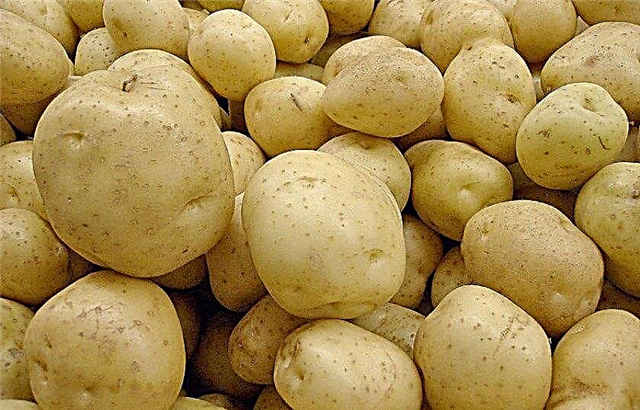
- Zdabytak. Mid-yielding look of Belarusian potatoes. The skin color is red, the flesh is white. These fruits have a high starch content - up to 20.8%.
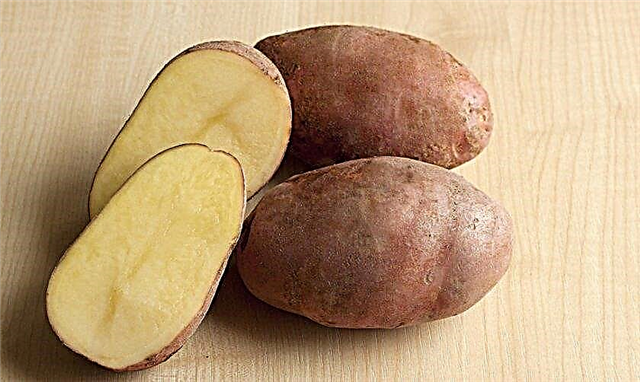
- Atlant. A versatile and productive potato that feels good in various soils. It has high starchity - up to 22%, excellent taste and resistance to late blight pathogens and the Colorado potato beetle. Fruits are yellow, the flesh is beige and cream.

- Zarnitsa. Not the most productive potato, which, however, has an excellent appearance and taste. Starch in this potato is up to 17%. The fruits of the light bulb are light pink in color, with a flat surface and an oval shape.

Mid-season and mid-late grades
The difference between such species is difficult to determine - it differs in a matter of days. Under different growing conditions, the mid-ripening variety may well approach the mid-late variety, and vice versa. All these species are united by a good preservation of the crop.
Did you know? Potatoes since 1995 successfully grown at space stations in microgravity. In addition to nutritional benefits, plants produce oxygen.
- Dubrava. Yellow round tubers with creamy pulp contain up to 16% starch. Resistance to parasites is extremely high, and the durability of this species is 97%.
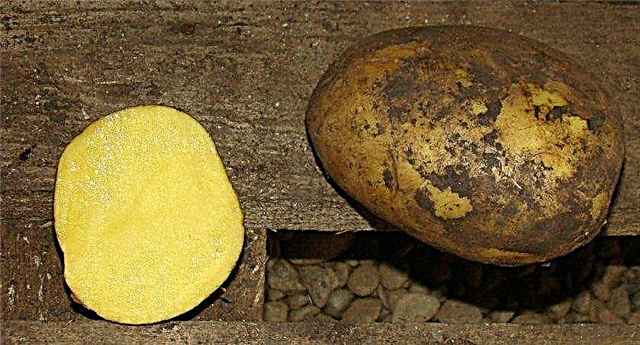
- Scarb. Root crops are yellow-beige, the flesh is the same. The starch content is up to 17%. Scarb is characterized by excellent productivity. The upper part of the plant is susceptible to late blight - the disease passes without damaging the tubers.

- Vetraz. A wonderful variety of Belarusian selection. Yellow-beige fruits with yellow pulp have good taste. Starch - up to 19%. The plant is resistant to late blight (both tops and roots).
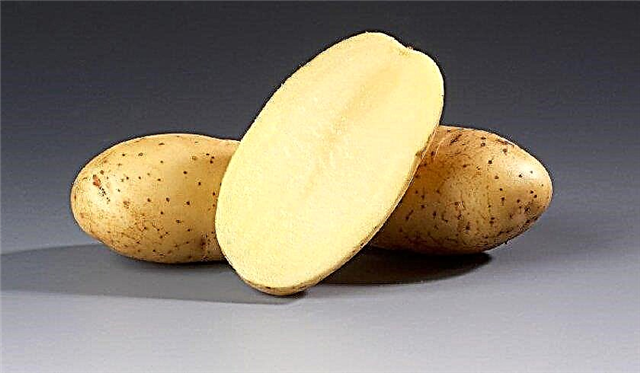
- Volat. New Belarusian varieties are gradually conquering the market: Volat, which is able to grow in any soil, is resistant to drought and diseases, is no exception. Beige fruits with yellow milk pulp contain up to 19% starch.
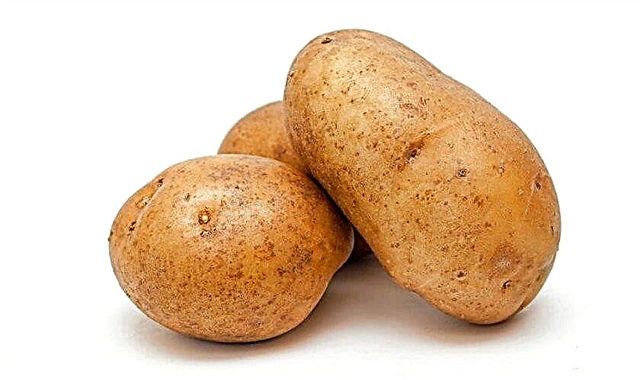
Basic rules for choosing Belarusian potato varieties
The right choice of variety of potatoes for growing is of great importance when harvesting. In the regions of the country there are various climatic conditions that seriously affect the growth of plants.
To get the most delicious potatoes, you need to carefully study the specifics of a particular variety and follow some general rules:Important! In order not to depend on the yield of a particular variety in the season, it is worth planting several species with different characteristics at once.
- Growing purpose. Growing root crops can be both for table purposes and for processing or storage. Early varieties mature quickly and are poorly stored, which implies their immediate use in food. Middle and late types can be used in a variety of ways - for food, for storage, and even for making moonshine.
- Digestibility. Often, consumers buy 1-2 kg of potatoes per sample to determine the degree of its digestibility. The one that remains elastic is better suited for frying, and from the crumbly fruits you get excellent mashed potatoes.
- Ripening period. As mentioned above, late varieties do not always have time to ripen normally in areas with a cold climate, so early-ripening or mid-ripe species need to be planted there.
- Frost resistance. Even in warm areas, due to their climatic and landscape features, sudden freezing on the soil is possible. According to the results of many years of observations, it is worth choosing “hardened” types of potatoes that can withstand such temperature differences.

Features of planting and care
To get a good harvest, you need to take care of the planting material, and when seedlings appear, you need to carefully care for them.
Planting material is prepared for planting by heating in the fresh air under a canopy or in the shade of trees for 1-2 weeks (the so-called greening of tubers). At the same time, the soil is being prepared for future planting - it is dug up (if this was not done in the fall) and fertilized. The soil should not be heavy, as growing potatoes burst around the surrounding soil.
When seedlings appear, the fight against the Colorado potato beetle immediately begins. Leaves and stems are regularly checked for pests, their larvae or egg laying. In small farms, you can do without chemicals and collect parasites by hand. On farms, this is not possible, so the plantation is treated with an insecticide.
Belarus specializes in growing and breeding potatoes. Species are constantly improving, new hybrids are being developed that surpass the previous ones in their characteristics. When choosing a potato variety, you need to carefully study its characteristics and their relevance to your growing conditions.















